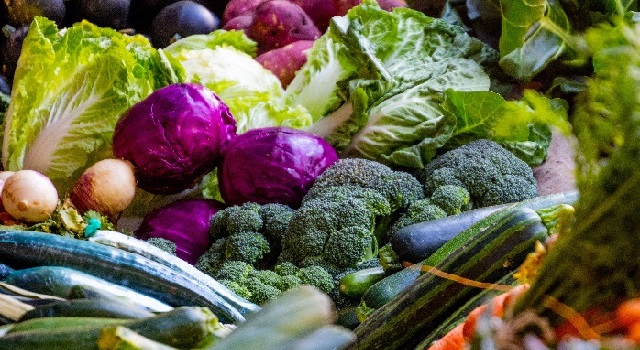Businesses both shape and respond to consumer demand.
Understanding what consumers want to eat and why is one of the most complex aspects of creating demand for nutritious foods. Consumer preferences and motivations are tied to personal, cultural, and religious beliefs; they are influenced by geography, income and gender; and they shape and are shaped by identity.
So how can public private engagement (PPE) help address some of the barriers that prevent consumers from regularly purchasing and consuming nutritious foods? What research is needed to better understand consumer attitudes, preferences and behaviours? What can the private sector do to make healthy food more appealing, convenient and affordable? What can policymakers do promote nutrition education, and help ensure that everyone – regardless location or income level – can access and afford the safe and nutritious foods they want? How can civil society help create momentum behind consumer interest campaigns, and hold businesses and governments accountable? How can donors help de-risk investments in nutritious food businesses while demand – and the market to support it – grows?
The resources in this section will help to address these questions, and explore ways in which the public and private sectors can empower consumers to demand nutritious and safe food, as well as approaches to promote food that is affordable, available and desirable.
Top resources we think matter
Initiatives

NOW (Nourish our World) puts the power of demand creation behind improving quality diets in developing countries, especially amongst low-income consumers. Good quality diet is central to tackling all forms of malnutrition and comes from a complex web of daily decisions. Its mission is to increase testing and at scale use of demand creation strategies, be a platform for best practice and to generate sustainable funding streams for demand creation. NOW in an initiative managed by the Global Alliance for Improved Nutrition (GAIN), and was created in partnership with Ananda Partners, The Busara Centre for Behavioural Economics, Quantum Consumer Solutions, Sight & Life and System 1 Agency.

The European FOOD programme is a partnership coalition with members from government, business, academia and civil society. It uses a unique approach to promote balanced nutrition and aims to improve the nutritional quality of the food offered in restaurants and to facilitate consumer choice through improved information and increased awareness, communicated via employers to their employees.

Explore the organisations, platforms and initiatives to see who else is working to promote better nutrition through public private engagement.



